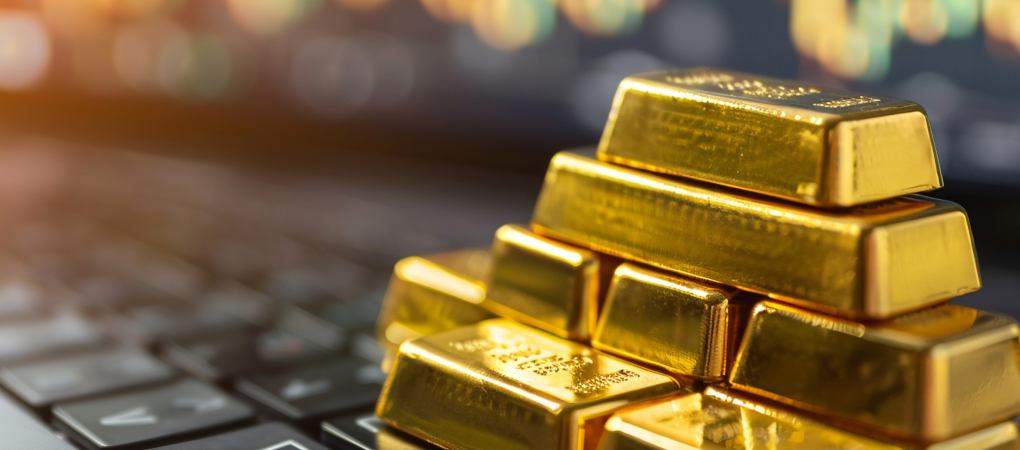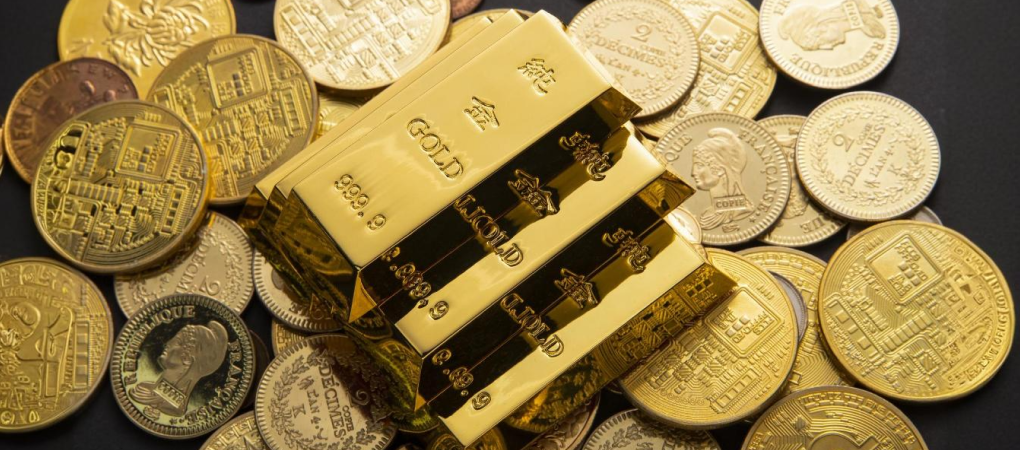
How Blockchain empowers Gold investment
Blockchain empowers gold investment by fundamentally reshaping how gold is accessed, traded, and secured. Traditionally, investing in gold meant dealing with physical assets—bars, coins, or certificates—often requiring secure storage, insurance, and intermediaries like banks or brokers. Blockchain removes many of these barriers by digitizing gold through tokenization. Each token represents a specific quantity of physical gold stored in a vault, and this token can be bought, sold, or transferred instantly across borders without the need for physical movement.
This digitization introduces fractional ownership, allowing investors to purchase tiny portions of gold, even as little as a gram or less. That’s a game-changer for accessibility, especially in markets like Nigeria, where traditional gold investment might be out of reach for many. Blockchain also ensures transparency: every transaction is recorded on an immutable ledger, making it nearly impossible to forge ownership or manipulate records. This builds trust in a market that has historically been opaque.
Smart contracts further enhance the gold investment process by automating transactions, settlements, and compliance. For example, if someone wants to sell their gold tokens when the price hits a certain level, a smart contract can execute that sale automatically. This reduces reliance on intermediaries and speeds up the process. Moreover, gold-backed tokens are now being integrated into decentralized finance (DeFi) platforms, where they can be used as collateral for loans, staked for yield, or swapped for other assets—all without leaving the blockchain ecosystem.
Security is another major advantage. Blockchain platforms often pair digital gold with advanced vaulting systems and IoT-enabled tracking, ensuring that the physical gold backing each token is real, accounted for, and monitored in real time. This dual-layer of digital and physical security is far more robust than traditional methods.
In essence, blockchain transforms gold from a static, physical commodity into a dynamic, programmable asset. It democratizes access, enhances liquidity, and opens up new financial possibilities—making gold not just a store of value, but a tool for global financial inclusion and innovation.




